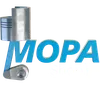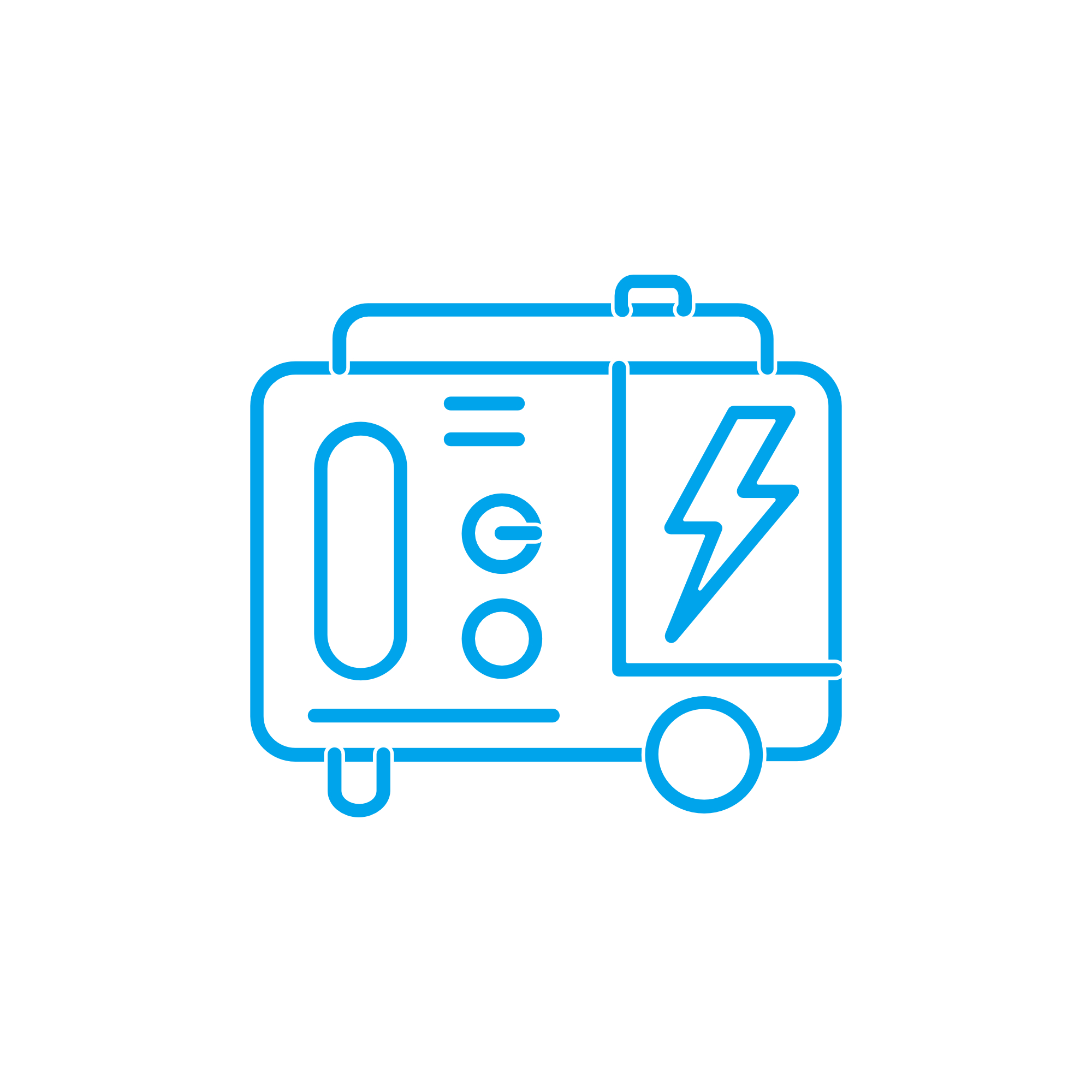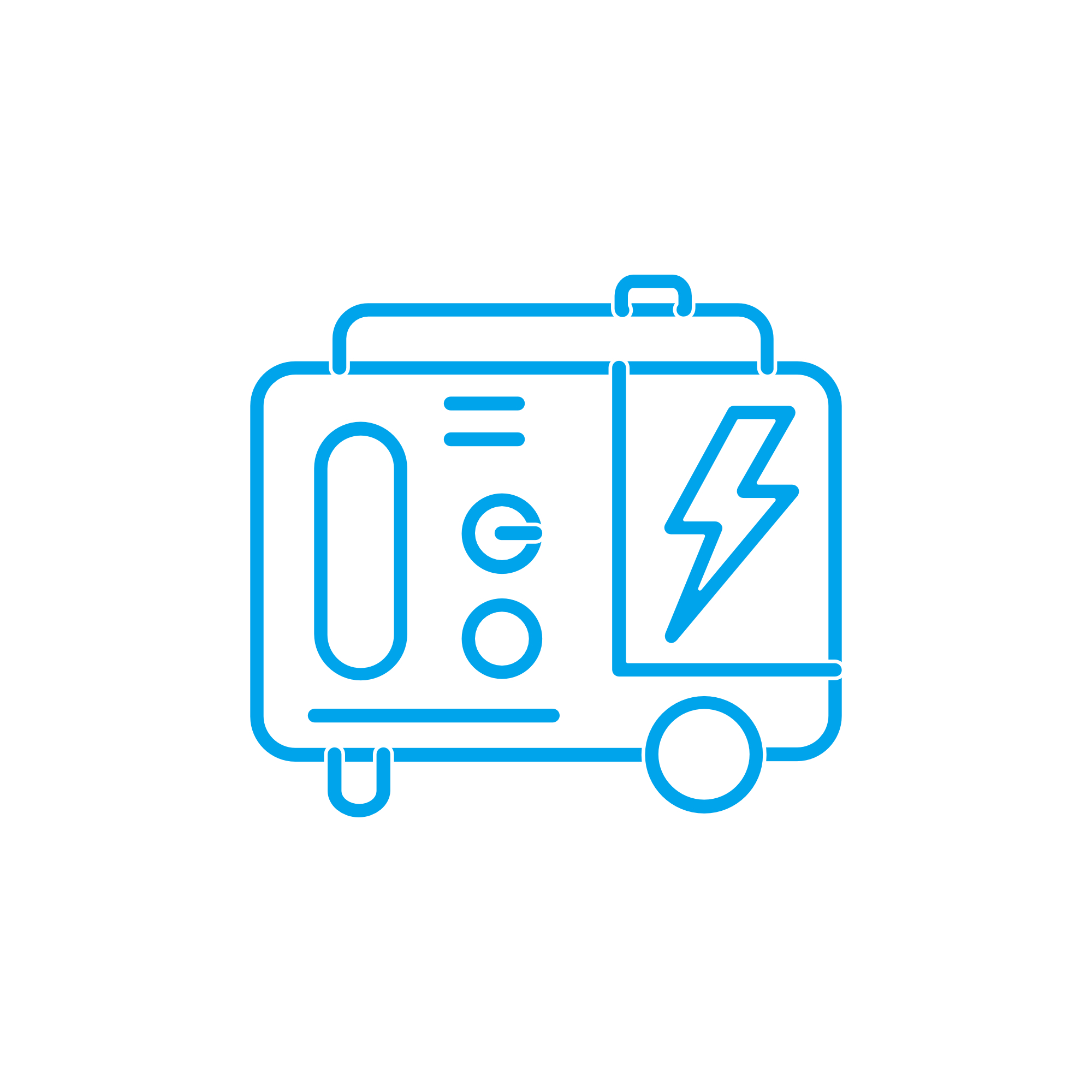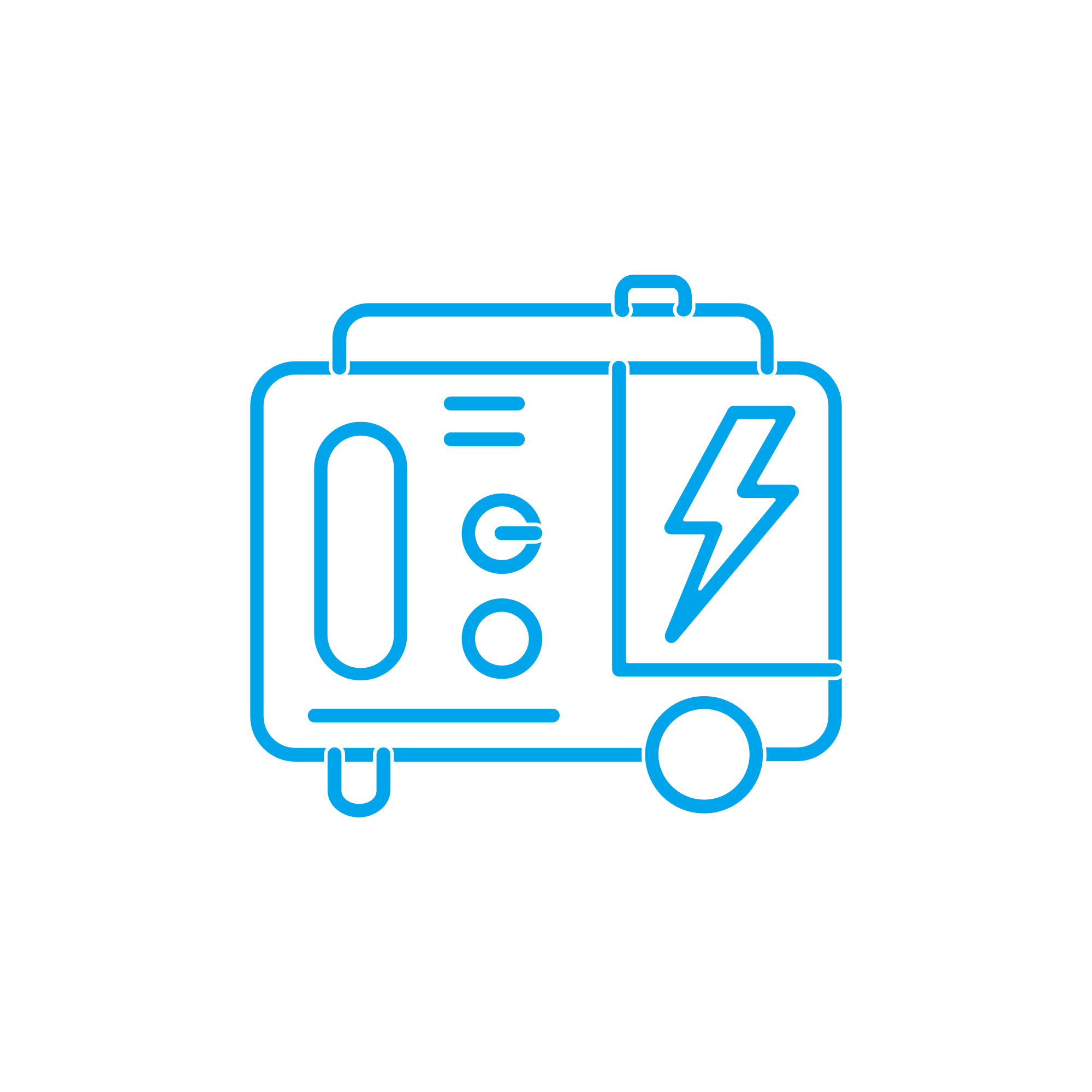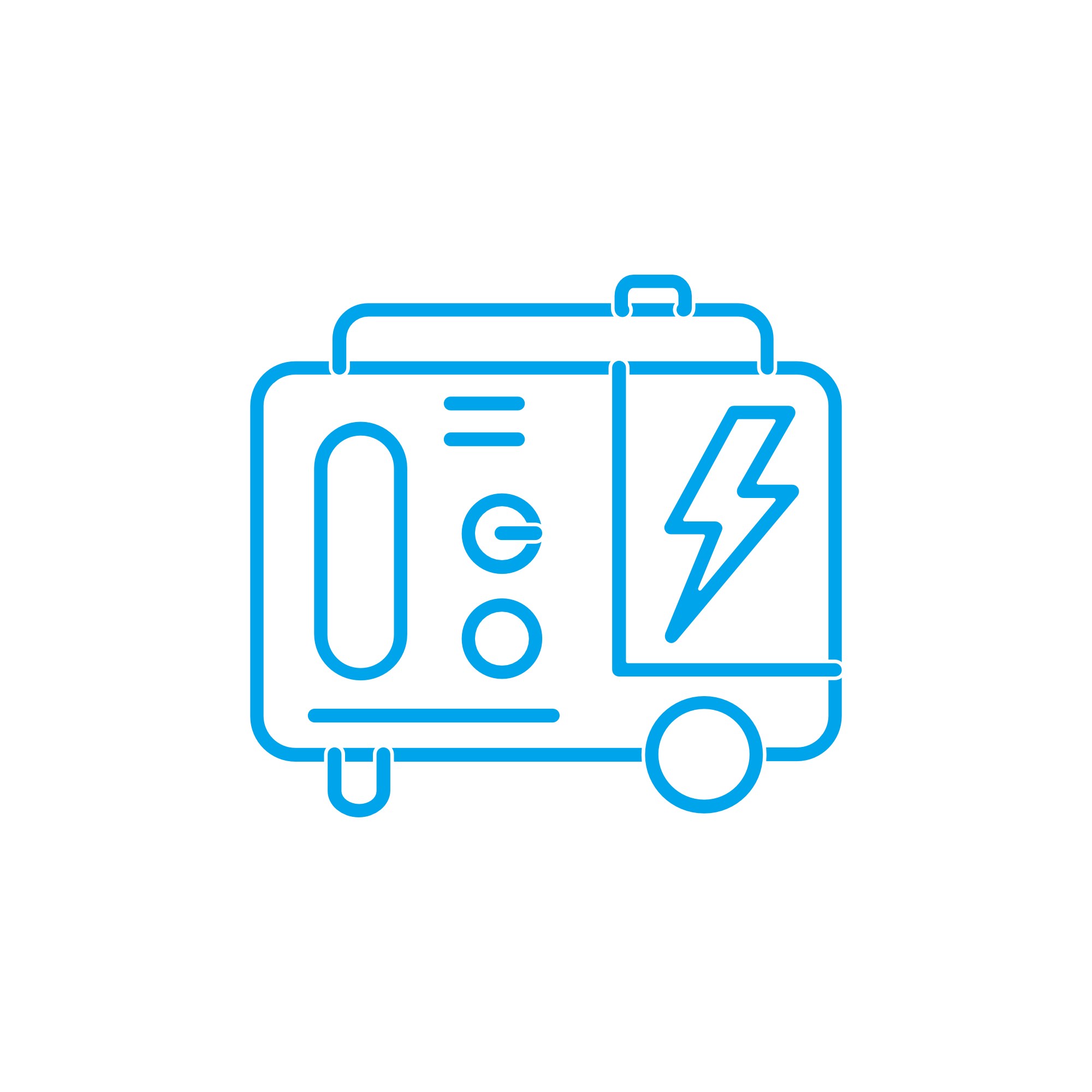3-PHASE ALTERNATOR for Alternator and generator
The article category “Alternator and generator” covers the power-conversion units that transform mechanical energy from a prime mover into electrical power. In engine-driven systems—whether propulsion or auxiliary—these components deliver the stable voltage and frequency that keep controls, pumps, navigation, and critical auxiliaries online. A 3-PHASE ALTERNATOR is the core of this category in marine, industrial, and power-generation environments, ensuring balanced three-phase output for efficient distribution and reliable starting, lighting, and automation. Robust design, correct sizing, and the right OEM parts keep these machines efficient, safe, and economical over long service intervals.
Technical function of a 3-PHASE ALTERNATOR in marine and diesel engine applications
In an engine-driven system, the alternator couples to the crankshaft via a belt, gear, or direct drive. A rotor spins within a stator, and electromagnetic induction creates three-phase AC. The excitation system—brushless exciter or slip rings with brushes—controls the rotor field, while an automatic voltage regulator (AVR) stabilizes the output under changing loads. Rectifiers, diode bridges, and protection modules ensure clean waveforms and protect the windings.
On a diesel engine or gas engine genset, the 3-PHASE ALTERNATOR supplies the ship’s service bus at 50/60 Hz and the specified line voltage (e.g., 400–690 V). In a marine engine application, it feeds critical systems such as steering pumps, fire and ballast pumps, HVAC, and electronic control units. Paralleling capability and droop/isochronous control allow load sharing across multiple machines. Low total harmonic distortion (THD) protects sensitive electronics and reduces heat in downstream equipment.
High-efficiency lamination stacks and premium insulation systems (e.g., Class F or H) reduce losses and extend service intervals. IP-rated housings and optimized cooling—open ventilated or water-cooled—manage thermal loads in compact engine rooms. Precision bearings and rigid frames withstand torsional vibration, while correct alignment and anti-condensation heating preserve insulation resistance during layups.
Key characteristics and advantages of the Alternator and generator category:
· Three-phase output for balanced loads and efficient distribution.
· Stable voltage via AVR for sensitive electronics.
· Low THD for reduced heat and longer equipment life.
· Wide power range, from auxiliary alternators to MW-class generators.
· Marine-ready designs with IP protection and corrosion resistance.
· High-efficiency windings for lower fuel consumption.
· Paralleling capability for redundancy and scalability.
· Rugged bearings and rotors for high vibration environments.
· Compatible with diesel engine and gas engine duty cycles.
· Serviceable design with accessible rectifiers and coolers.
3-PHASE ALTERNATOR role in performance, efficiency, and safety
A properly specified 3-PHASE ALTERNATOR converts engine torque into electrical power with minimal losses, improving overall fuel economy. Stable voltage and frequency protect PLCs, VFDs, and navigation systems, minimizing nuisance trips and extending component life. In propulsion or critical auxiliary service, dependable excitation and precise regulation support safe maneuvering and uninterrupted operations. For OEM parts alignment, dimensionally correct components—AVR, rectifier assemblies, bearings, fans—maintain the engineered cooling airflow, electrical clearances, and vibration limits the alternator was built around.
Why Alternator and generator condition is crucial for reliability and service life
Degraded alternators increase the risk of blackouts and costly downtime. Common issues include bearing wear causing rotor rub, insulation breakdown leading to ground faults, diode failure resulting in ripple and overheating, and AVR drift that triggers undervoltage or overvoltage alarms. In a marine engine environment, salt-laden air can accelerate corrosion, and clogged ventilation reduces cooling margin. If the 3-PHASE ALTERNATOR cannot hold frequency or voltage under step loads, motors stall, breakers trip, and battery charging may suffer—compromising safety systems and onboard comfort. Routine inspections of insulation resistance, vibration signatures, and temperature rise, combined with timely replacement of worn components, extend mean time between failures and protect the engine investment.
Advantages of OEM spare parts suitable for Alternator and generator
Precision-fit OEM spare parts preserve the electrical and mechanical performance the alternator was designed to deliver. Correct copper grades, varnish systems, diode ratings, and regulator algorithms keep efficiency high and thermal stress low. For purchasers and technical managers, this translates into predictable performance, shorter commissioning times, and lower lifecycle costs.
· Consistent performance: exact tolerances for windings, rotors, and bearings.
· Reliability under load: regulators and rectifiers matched to excitation curves.
· Budget control: reduced rework, fewer repeat failures, less downtime.
· Extended service life: materials and coatings suited to heat, vibration, and marine humidity.
· Compliance: traceable parts aligned with IEC 60034 and class requirements.
· Faster maintenance: drop-in fit reduces labor hours and alignment effort.
· Electrical integrity: preserved clearances, creepage distances, and insulation classes.
· Thermal stability: correct fans, baffles, and ducts maintain design temperature rise.
Using OEM parts for a 3-PHASE ALTERNATOR ensures the AVR, exciter, and power diodes are calibrated to the alternator’s magnetics, enabling tight voltage regulation on diesel engine ramps and reliable paralleling with other machines.
MOPA as your OEM 3-PHASE ALTERNATOR partner
MOPA is an experienced and reliable partner for OEM spare parts for the Alternator and generator category. We combine technical expertise with fast quotation and delivery, ensuring the right component is on board when you need it. Our portfolio supports diesel and gas engines, from compact auxiliary alternators to high-capacity marine generators. With stringent quality checks, full traceability, and secure global logistics, MOPA reduces downtime risk and safeguards your electrical system performance. Whether you need an AVR tuned to your 3-PHASE ALTERNATOR, certified bearings, or exciter assemblies, our team verifies compatibility and provides documentation to speed approval and class compliance.
Conclusion on 3-PHASE ALTERNATOR and Alternator and generator
Alternators and generators are the backbone of engine-powered electrical systems, and the 3-PHASE ALTERNATOR is central to efficiency, stability, and safety at sea and on land. Selecting and maintaining the right components—and replacing them with OEM parts—protects reliability, optimizes budgets, and extends service life.
MOPA delivers the expertise, speed, and security you need to keep your diesel engine or marine engine power system operating at its best.
